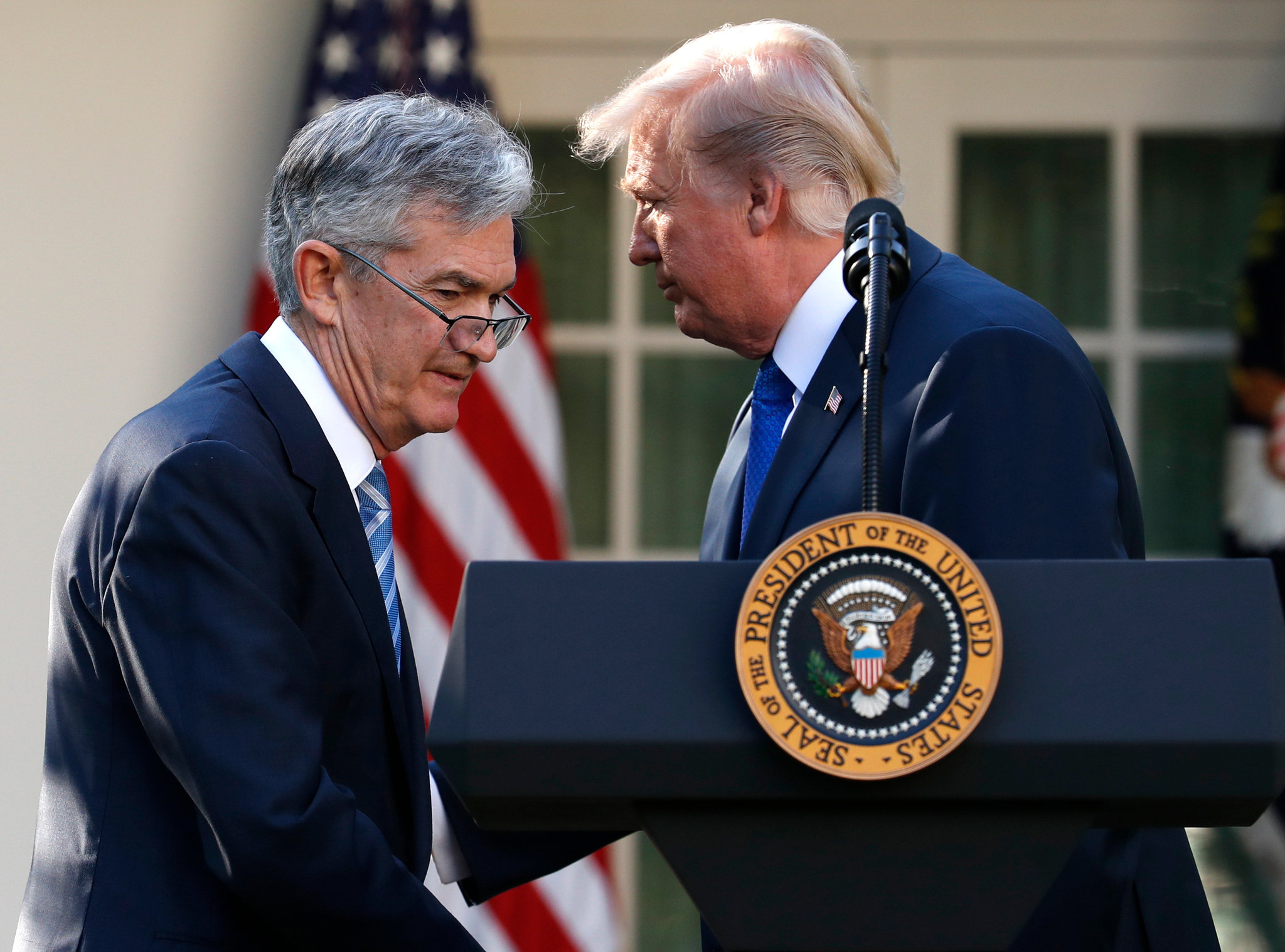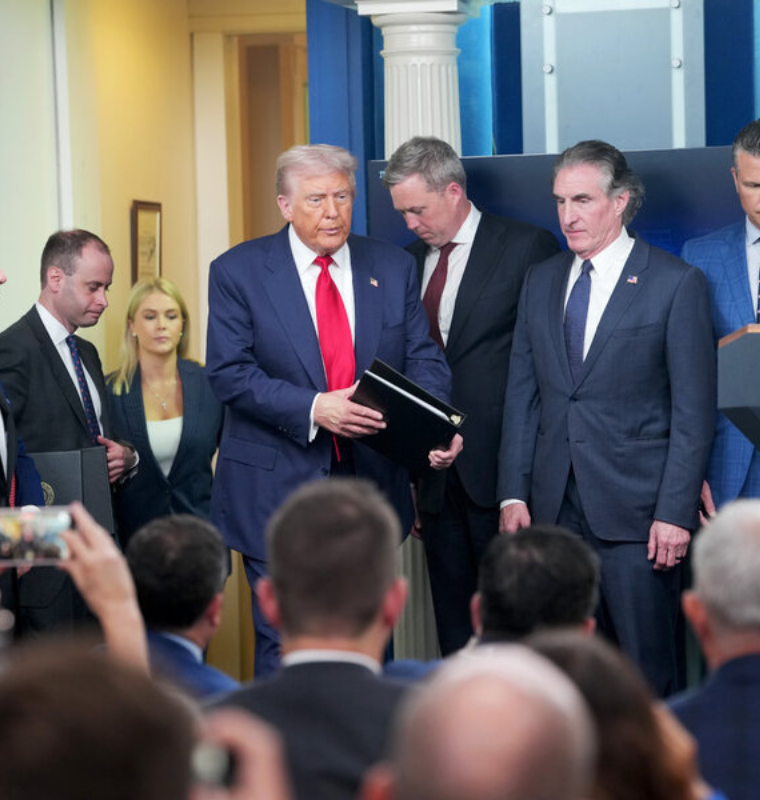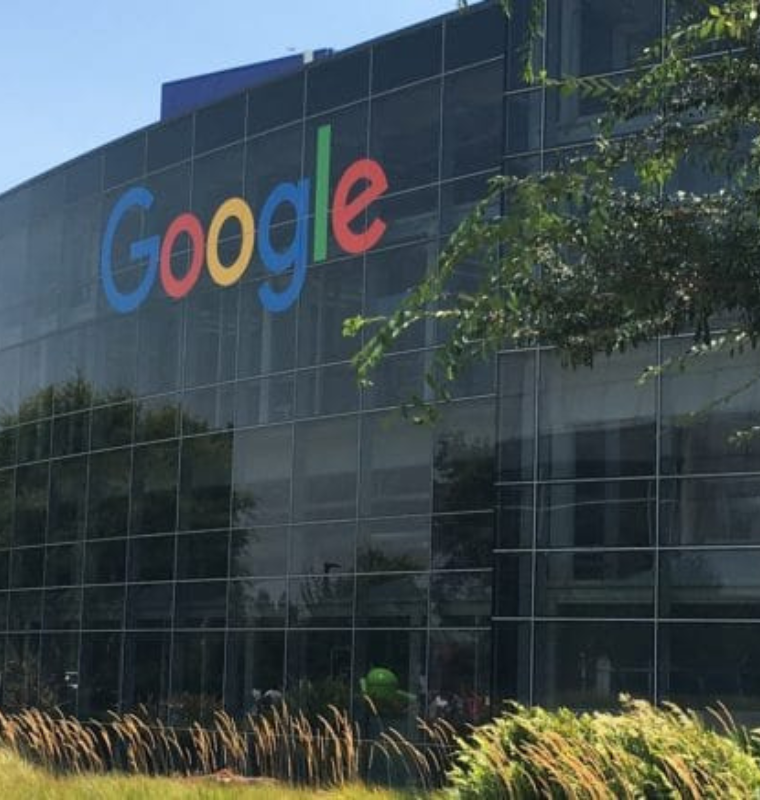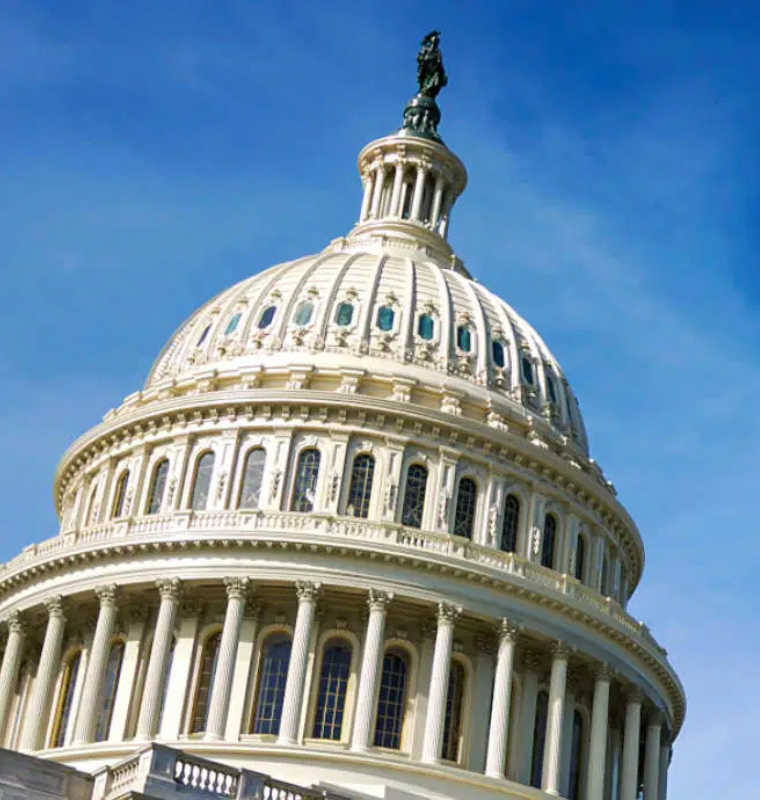Trump Set to Visit Federal Reserve in Unprecedented Challenge to Central Bank Independence
Trump Set to Visit Federal Reserve in Unprecedented Challenge to Central Bank Independence
By
Calder Monroe
Last updated:
July 24, 2025
First Published:
August 6, 2025

Photo: The New York Times
In a rare and politically charged move, President Donald Trump is scheduled to make an official visit to the Federal Reserve headquarters on Thursday at 4:00 p.m. ET, according to a White House statement released Wednesday afternoon. The visit signals an extraordinary escalation in Trump’s long-standing pressure campaign against Fed Chair Jerome Powell—a campaign that critics argue threatens the central bank’s independence.
A First in Two Decades
This marks the first time in nearly 20 years that a sitting U.S. president has visited the Fed in any official capacity. Historically, American presidents have carefully avoided interfering with the central bank’s operations, in line with a decades-old tradition designed to protect the institution’s autonomy. The Federal Reserve, established in 1913, was designed to make monetary policy decisions insulated from short-term political interests.
However, Trump has consistently broken from that tradition. Since the early months of his presidency, he has repeatedly criticized the Fed—particularly Powell, whom he nominated in 2017—for not cutting interest rates aggressively enough to boost economic growth.
Symbolic and Strategic Timing
Trump's visit comes at a time when the Fed is facing mounting scrutiny over its monetary policy strategy. The federal funds rate currently sits between 5.25% and 5.50%, a 23-year high, following a series of interest rate hikes aimed at taming inflation. While inflation has cooled from its 2022 peak, core prices remain sticky—prompting the Fed to take a cautious stance on rate cuts in 2025.
The president’s visit is widely viewed as a symbolic strike aimed at swaying the Fed’s decision-making ahead of what could be a pivotal election year. “Showing up at the Fed sends a clear message,” said Ellen Zentner, chief U.S. economist at Morgan Stanley. “It’s an unprecedented step toward influencing monetary policy from the executive branch.”
Concerns Over Political Interference
Trump’s move is drawing alarm from economists and former Fed officials who warn that any erosion of the central bank’s independence could undermine investor confidence and market stability. “The credibility of the Fed rests on its ability to act without fear or favor,” said William Dudley, former president of the New York Federal Reserve. “When a president openly challenges that, it creates uncertainty that can ripple through the entire financial system.”
According to a 2023 Pew Research survey, over 60% of Americans believe the Fed should operate independently of political influence—an indication of how deeply the institution's neutrality is valued by the public.
What’s Next?
While Thursday’s visit is expected to include closed-door discussions, no formal statements or policy decisions are anticipated. The White House has remained vague about the agenda, stating only that the president will “meet with senior economic advisors and Federal Reserve officials.”
Still, the optics alone may be enough to rattle financial markets. Wall Street analysts are watching closely, especially with the S&P 500 hovering near record highs and investors already nervous about the timing of potential rate cuts.
The Fed, for its part, has remained silent. Chair Powell has consistently emphasized the central bank’s commitment to making data-driven decisions without political interference. Whether Thursday’s visit will shake that foundation remains to be seen—but it unquestionably raises the stakes in an already volatile economic and political landscape.
Popular articles
Subscribe to unlock premium content
Disney’s Timeless Magic and How the Entertainment Giant Continues to Shape Culture and Innovation

Imran Khan’s Economic Missteps Amid Political Chaos in Pakistan

The Philippines’ Digital Shift How Remittances and BPO Are Fueling Growth

Disney’s Timeless Magic and How the Entertainment Giant Continues to Shape Culture and Innovation

Imran Khan’s Economic Missteps Amid Political Chaos in Pakistan

Disney’s Timeless Magic and How the Entertainment Giant Continues to Shape Culture and Innovation









